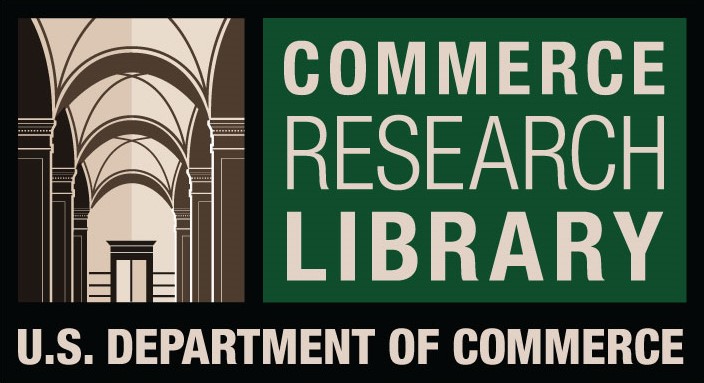The Morphosyntactic level in Functional Discourse Grammar “A Practical Study in Arabic and English”
DOI:
https://doi.org/10.61841/3de4g103Keywords:
Morphosyntactic, Functional Discourse Grammar (FDG), Phonological, Theory of Grammar, Translation Machines.Abstract
This study discusses how the morphosyntactic level in English language is different from that of Arabic language. This difference will be manipulated in the grammatical theory framework, Practical Converse Grammar. This theory explains how linguistic utterances are shaped, according to the outcomes and knowledge of native speech users. In doing so, it disparities with grammar of Chomskyan transformational. The upper -level unit of dissection in practical converse grammar is the „converse move‟, not the sentence prison purview or the clause. Therefore, practical converse grammar apart from numerous other linguistic views, containing its grandparent‟s functional grammar theory. Also this paper will show that FDG offers a framework within which known processes of grammaticalization can be captured. Contentive change is predicted, following FDG‟s hierarchical organization, to be restricted to those processes that lead to scope increase both within and across levels. Formal changes can be captured in a cross linguistically valid way by adopting Keizer‟s grammaticalization scale rather than traditional ones. Finally, congestive and formal scales can be linked in a typologically adequate way by assuming a relative rather than absolute relationship between them.
Downloads
References
[1] Abuleil, S. (2002). Acquisition system for Arabic noun morphology. Association for Computational
Linguistics 40th Anniversary Meeting. Philadelphia: University of Pennsylvania.
[2] Almarri, S.A. (2010). Ideology in the Translation of Legal Treaties. Sharjah: American University of
Sharjah.
[3] Al-Naḥas, M. (1995). Min Qaḍaya Al-Lughah. Kuwait: Kuwait University.
[4] Beeston, A. (1987). An Approach to the Basic Structure of Written Arabic. Cambridge: Cambridge
University.
[5] Farghal, M. (1999). Translation with Reference to English and Arabic. Jordan: Dar AlHilal for Translation.
[6] Fischer, O. (2017). Morphosyntactic Change: Functional and Formal Perspectives. Oxford: Oxford
University.
[7] Hassan, S. (2010). Arabic handling in machine translation. 9th Conf. of the Machine Translation in
Colorado. Colorado.
[8] Hengeveld, K. (2008). Functional Discourse Grammar: A Typologically-Based Theory of Language
Structure 1st Edition. Oxford University.
[9] Henry, P. (1999). The practical study of languages. London: Dent.
[10] Keizer, E. (2015). A Functional Discourse Grammar for English. Oxford : Oxford University.
[11] Kwokwo, O. (2016). A Morphosyntactic Investigation of Functional Categories in English and Izon.
Cambridge: GRIN Verlag.
[12] Mackenzie, J.L. (2004). A New Architecture for Functional Grammar. Functional Grammar Series. Oxford
University.
[13] Mohammad, M. (2010). Word Order, Agreement, and Pronominalization in Standard and Palestinian
Arabic. Philadelpha: John Benjamins.
Downloads
Published
Issue
Section
License

This work is licensed under a Creative Commons Attribution 4.0 International License.
You are free to:
- Share — copy and redistribute the material in any medium or format for any purpose, even commercially.
- Adapt — remix, transform, and build upon the material for any purpose, even commercially.
- The licensor cannot revoke these freedoms as long as you follow the license terms.
Under the following terms:
- Attribution — You must give appropriate credit , provide a link to the license, and indicate if changes were made . You may do so in any reasonable manner, but not in any way that suggests the licensor endorses you or your use.
- No additional restrictions — You may not apply legal terms or technological measures that legally restrict others from doing anything the license permits.
Notices:
You do not have to comply with the license for elements of the material in the public domain or where your use is permitted by an applicable exception or limitation .
No warranties are given. The license may not give you all of the permissions necessary for your intended use. For example, other rights such as publicity, privacy, or moral rights may limit how you use the material.












